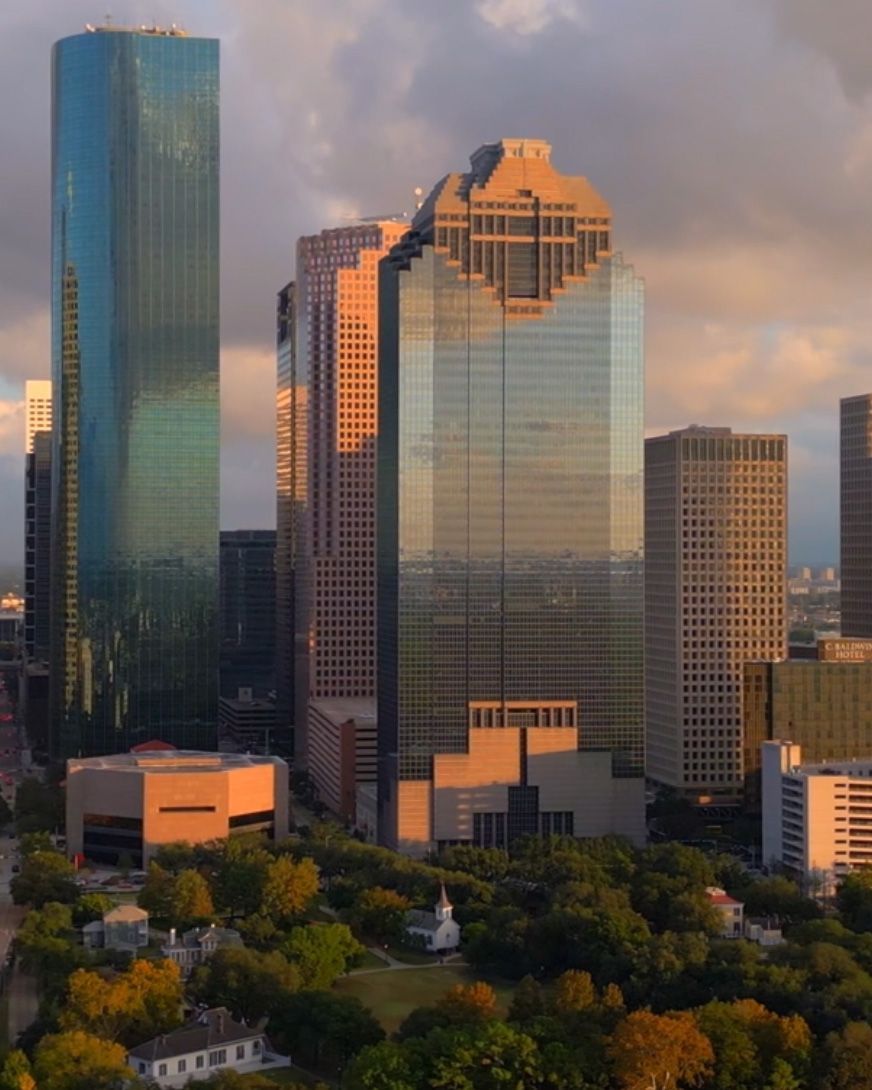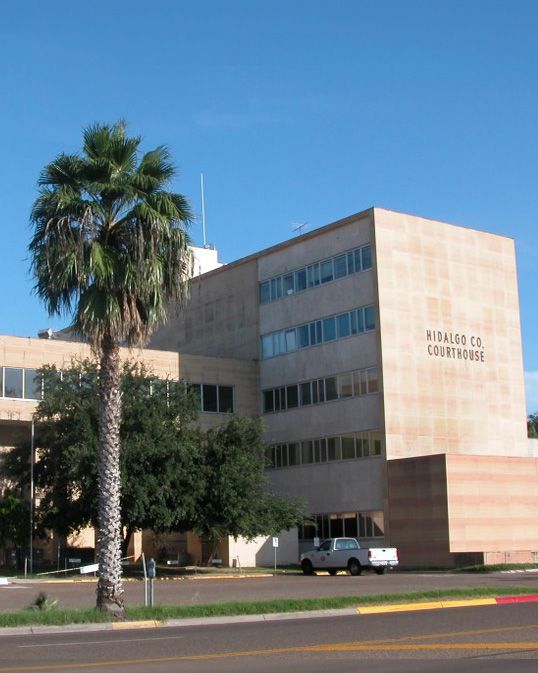Blind Spot Safety Tips
LAW BLOG •
Blind spots cause thousands of collisions, injuries and deaths each year in the U.S. Recognition error is the number one driver-related reason for car crashes, according to the National Highway Traffic Safety Administration. Mistakes such as failing to recognize a vehicle in a driver’s blind spot could lead to a merge or sideswipe collision. As a driver, it is your responsibility to minimize blind spot risks as much as you can. You may not always be able to prevent a blind spot accident, but learning a few safety tips could help.
Check Your Mirrors
Your side and rearview mirrors may be all that stand between you and a blind spot accident. While your mirrors do not let you see 100% of the road, they can show vehicles around you before you merge lanes or make a turn. Always check your mirrors when you get into your vehicle before you start to drive. Position them in the correct way – not so close that you can see the sides of your vehicle, but enough to see the roadway to both sides. They should be clean and free from spots and debris.
Look Before You Merge
The phrase “blind spot” came from the places your mirrors do not show you. These sections of zero visibility can cause car accidents by making you believe the road is clear when a vehicle is next to you. Do not depend solely on your mirrors when turning, merging onto the freeway or switching lanes. Instead, glance over your shoulders as well. Do not spend so much time looking over your shoulders, however, that you do not see a vehicle stopping in front of you.
Recognize a Truck’s No Zone
Of all vehicles on the road, a commercial truck has the largest blind spots. The Federal Motor Carrier Safety Administration refers to a truck’s blind spots as the No Zone, or an area motorists should not drive. A truck driver cannot see vehicles in the No Zone. This puts motorists at risk of accidents. Do your best to avoid a truck’s No Zone when driving next to a big rig in Texas.
- Front of the truck: 20 feet forward from the cab
- Right side: two lanes to the right side of the truck
- Left side: one lane to the truck’s left
- Back of the truck: 30 feet from the rear of the trailer
Avoiding these areas could decrease your risk of a blind spot accident with a commercial truck. Remember, if you cannot see a driver in his or her sideview mirrors, the truck driver cannot see you. Keep ample following distance between your vehicle and the back of a big rig. When passing a large truck, do your best to go in and out of the No Zone as quickly as possible. Never hover in the No Zone, as this could lead to a merge or sideswipe accident.
Invest in Blind Spot Prevention
Modern technologies have practical solutions for blind spots. Blind spot detection systems can use audible or visual warning signals when a vehicle, bicyclist or pedestrian is in a driver’s blind spot. These alerts can be enough to stop a driver from merging on top of someone else and causing an accident. Blind spot detection technologies use cameras and sensors to detect obstacles in adjacent lanes. Rear-view cameras can also help prevent reversing accidents.
If your vehicle does not have a blind spot detection system, invest in a simpler safety measure by installing small blind spot mirrors on your existing side mirrors. Blind spot mirrors can show you more of the road, reducing blind spots. It is a simple solution that could be enough to prevent a serious collision. As a driver, always watch the road. Be aware of your blind spots and those of others.
The post Blind Spot Safety Tips appeared first on GES Injury Attorneys.
Every state limits the amount of time you have to file a claim.
Don't Delay.
Contact the Attorneys at Gordon & Elias, LLP Today to preserve your right to a recovery.
Contact Us
We will get back to you as soon as possible.
Please try again later.
100% FREE CASE EVALUATION
Free Consultation • No Fee If No Recovery
Houston Office

1811 Bering Dr, #300
Houston, TX 77057
Rio Grande Valley Office

135 Paseo Del Prado, #50
Edinburg, TX 78539
Call: 956.664.9999
Fax: 956.644.1980

